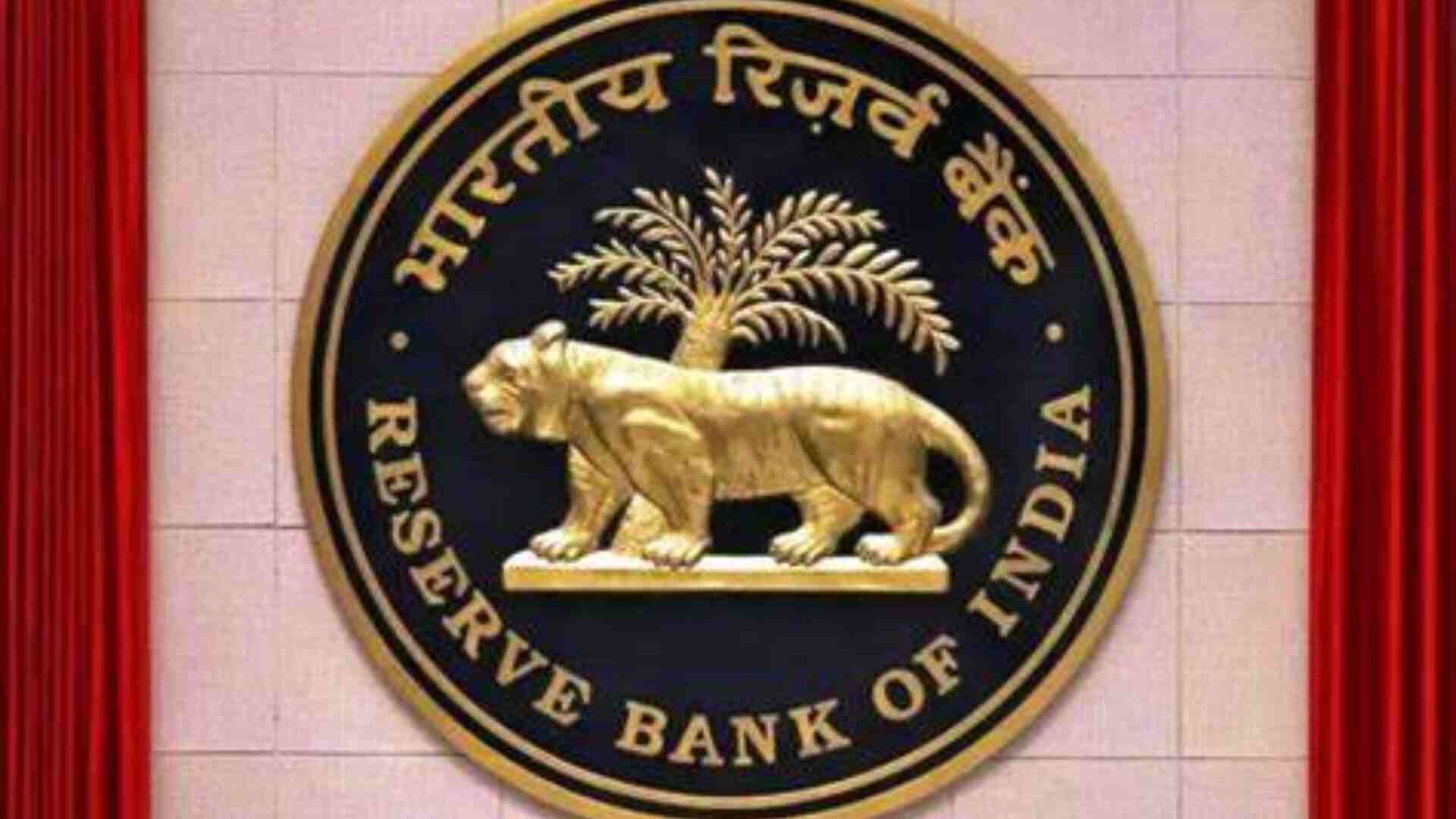Recently, RBI Governor Shaktikanta Das revealed the reason behind the decision to bring gold back to India from the UK on Monday.
As per RBI’s governor, there was an increase in gold holdings due to RBI’s purchases, and since, there was an available storage space within the country, they decided to store portion of gold domestically.
Further Das also revealed that gold quantity held by RBI has remained unchanged for a long period of time.
But when RBI continued to buy Gold as a part of reserves management strategy, the amount of gold kept increasing. So, given the available domestic storage capacity, they decided to store portion of gold within the country.
Later talking about 1993 Rangarajan committee’s recommendation, which recommended that 25 percent of gold should be overseas, Das asserted, times have changed and currently, only high-level committee is responsible for these matters.
Meanwhile, as per RBI’s latest data, the central bank hold 822.1 tonnes of gold as of March-end. In recent years, around 27.5 tonnes of gold have been purchased by the bank.
How Was 100 Tonnes of Gold Transferred?
The transfer of 100 tonnes of gold required meticulous planning and execution, involving the cooperation of various ministries such as the Finance Ministry, the Reserve Bank of India (RBI), and local authorities.
To make the shipment easier, the Centre had granted the RBI an exemption from customs duties, thereby foregoing revenue on this sovereign asset. However, due to the presence of the Integrated GST, which is shared with the states, the amount was still imposed on imports.
But, despite the complexity of this task, the RBI still managed to transfer 100 tonnes of gold via special aircraft. With this move, the central bank has managed to save on some of the storage costs that would be paid to Bank of England.







